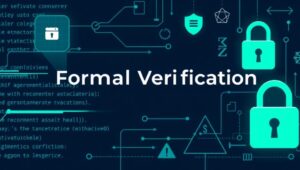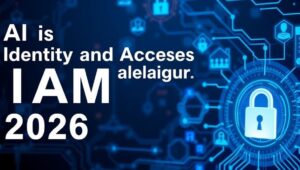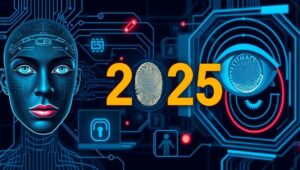Formal Verification: Building Provably Correct Software (2027 Goal)
Formal Verification: Building Provably Correct Software (2027 Goal) In an increasingly digital world, the reliability of software is paramount. From controlling critical infrastructure to managing sensitive financial transactions, software errors can have catastrophic consequences. Formal verification offers a rigorous approach to ensuring software correctness, and by 2027, it’s poised to become a cornerstone of software development. What is Formal Verification? Formal verification is a technique used to mathematically prove that a software system meets its specified requirements. Unlike traditional testing methods that explore a subset of possible scenarios, formal verification exhaustively analyzes all possible states and behaviors of a program.












